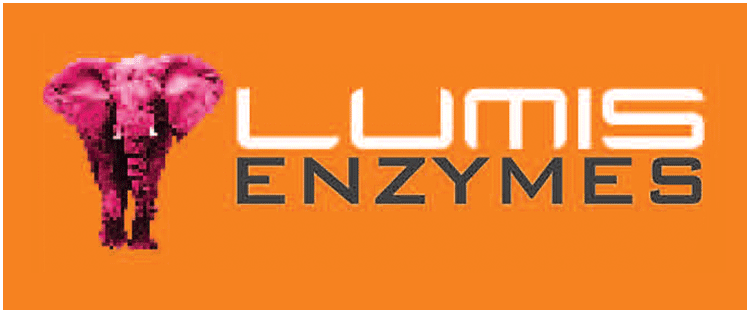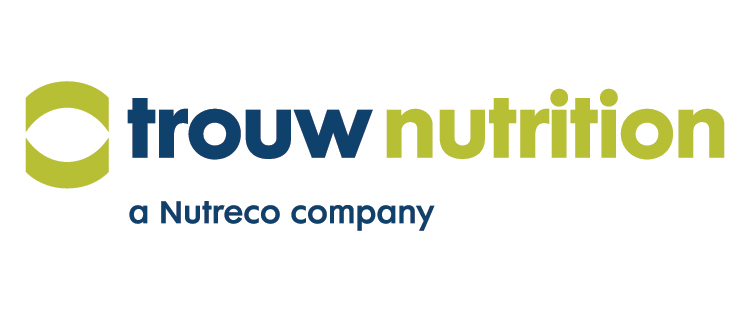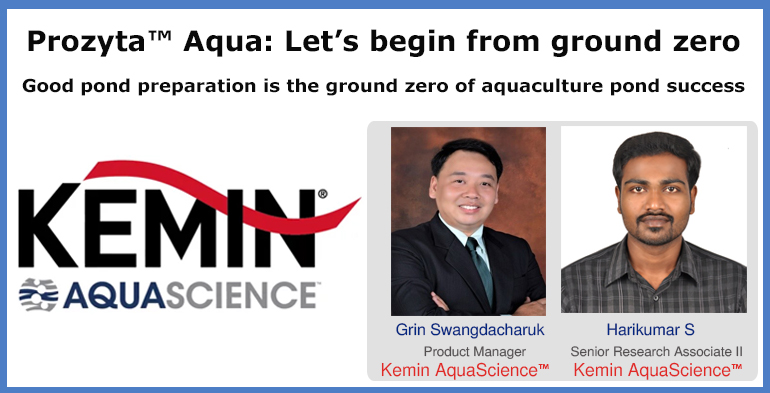
Good pond preparation is the ground zero of aquaculture pond success
Author by: Grin Swangdacharuk, Product Manager and Harikumar S, Senior Research Associate II, Kemin AquaScience™ Kemin AquaScience™
*Prozyta™ Aqua is available as BactoGEST™ in Bangladesh and India.
Fundamental to success of an aquaculture pond is pond soil preparation, as soil is the most effective and economic source of nutrient in aquatic ecosystem. However, after several years of culture, waste and sludge accumulate into soil particles more and more. This waste is preventing nutrient availability from pond bottom soil. To enhance availability of nutrients from soil and change from waste to valuable resources, “Good pond preparation is the ground zero of aquaculture pond success”.
Remaining waste in soil particles consists of organic matter from uneaten feed, fecal matter from fish or shrimp and settling of phytoplankton and suspended microorganisms. Oxidative degradation by natural microflora is playing the most important role in the removal of this waste out of aquaculture pond. With the right conditions, there develops a natural microbial population that can degrade this organic waste. The most important parameters to consider in order to enhance natural microbial degradation are pH, moisture and oxygen.
Moisture and air will support oxidation of organic matter in soil particles. The optimum moisture content in soil particles should range between 10–20% (Figure 1). 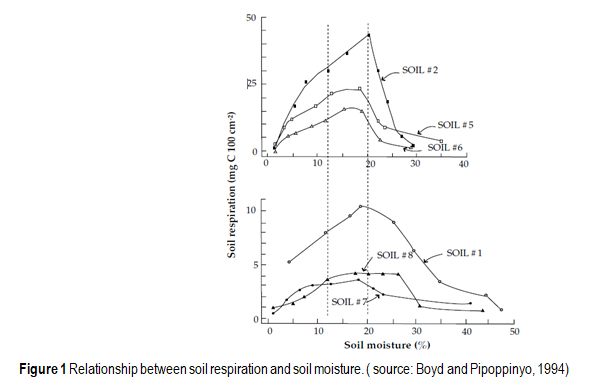
If the soil is too dry or wet, it will decrease the respiration rate of soil particles, which would result in poor waste degradation rate. Farmers usually dry the pond too fast on the surface, while the layer underneath remains too moist. This results in the remaining of organic waste from previous cycle having carried over to the next crop. (Figure 2).
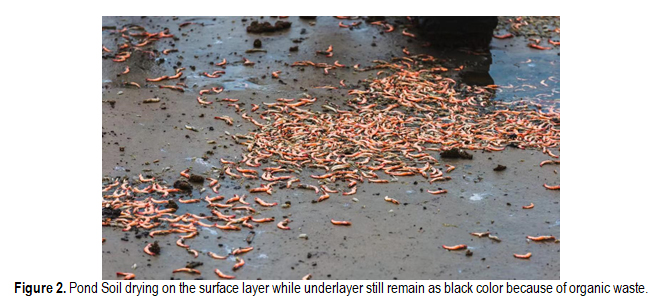
The next important parameter is soil pH. Most soil microorganisms prefer neutral pH. At pH between 7–8, soil phosphorous is present in maximum availability. At this pH, soil bacteria also function at optimal performance. It is recommended to add agriculture lime at the rates given in Table 1.

Usually after lime is applied, farmers till their pond bottom to ensure lime and oxygen are mixing well with soil particles. This results in maximizing soil respiration and improving oxidative degradation of organic waste in soil particles. (Figure 3) This practice is applied to enhance soil quality not only for aquaculture, but also for agriculture.
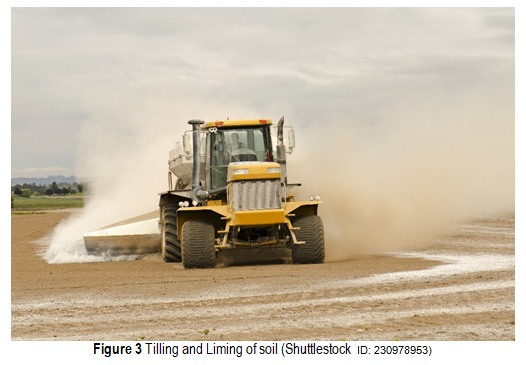
After tilling and liming of pond bottom soil, many aquaculture farmers are applying beneficial probiotics into their pond bottom for enriching their microbial population. There are many probiotic products which have the potential to digest and degrade sludge . Kemin AquaScience provides our valued shrimp farmer with Prozyta Aqua, our well selected strains of probiotics which is highly effective on to degrade the pond organic matter
Prozyta Aqua consists of a cocktail beneficial microorganisms for degradation of sludge and competitive exclusion of Vibrio spp. in sludge and pond bottom soil. The microbial strains in Prozyta Aqua were selected for sludge degrading efficacy. By using carbon sourced from sludge, the beneficial microbes from Prozyta Aqua can multiply up to 5.2 times logarithmically in 24 hours, a significant increase from control condition (Figure 4).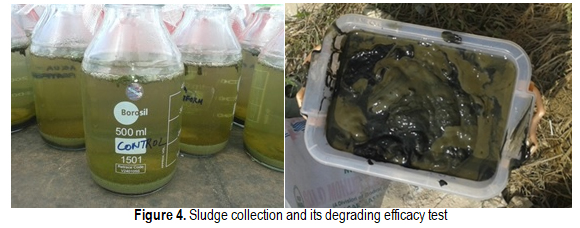
Prozyta Aqua is applied at rate of 1 kg per ha. Prozyta Aqua is mixed well with sufficient water and sprayed over the surface area of the pond during pond preparation period. This can result in enhanced soil microbial population,and better soil quality,less waste remaining from previous cycle and improved pond conditions from the beginning of culture cycle.
Prozyta™ Aqua-Potent Probiotic Strains with Unique Cellulolytic Enzymes for Water and Soil
To learn more about Prozyta™ Aqua: www.kemin.com/in/en/products/prozyta
Reference.
Brune, D., C. Tucker, M. Massingill and J. A. Chappell. 2012. Chapter 13: Partitioned Aquaculture Systems. Aquaculture Production Systems. Page: 308 - 342
Boyd, C. E. and T. Thunjai. 2002. Aquaculture Pond Bottom Soil Quality Management. Pond Dynamic/ Aquaculture Collaborative Research Support Program. Oregon University, Corvallis, Oregon, USA. 46 Pages
Boyd, C.E. and S. Pipoppinyo. 1994. Factors affecting respiration in dry pond bottom soils. Aquaculture, 120: 283 – 293
Kemin Internal document : SD-20-22454
For Media and Enquiries contact: Vinoth Kumar R (This email address is being protected from spambots. You need JavaScript enabled to view it.) is Global Communications Manager for Kemin AquaScience™, based in Chennai, India.






